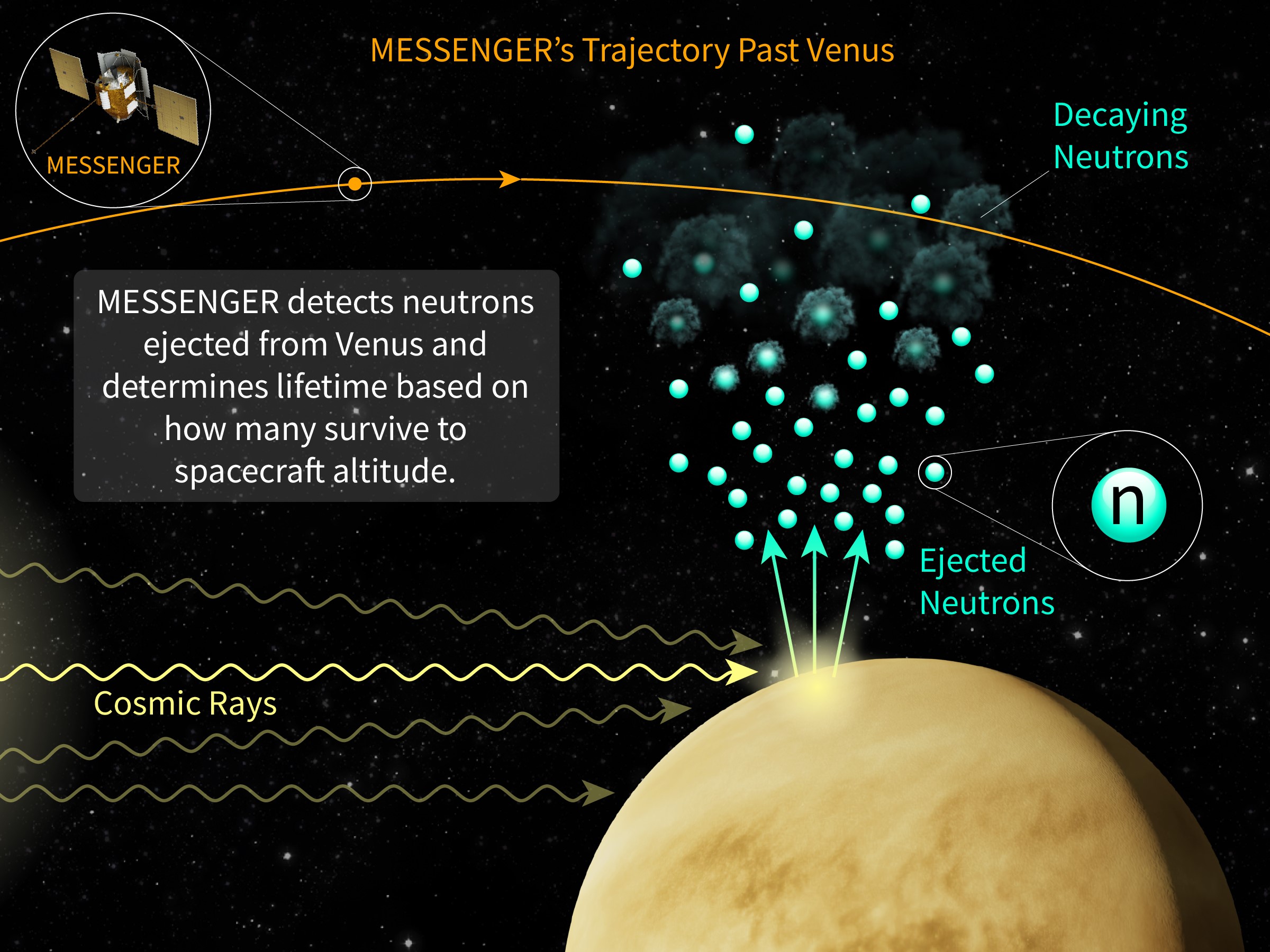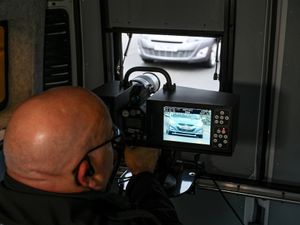New method to measure neutron lifetime ‘could shed light on universe formation’
Neutrons are found in the nucleus of almost every atom and can quickly disintegrate into electrons and protons when outside the atom.
Scientists have found a way to measure the lifetime of a neutron, a subatomic particle with a neutral charge, from space for the first time.
They believe this new method, which involves measuring the rates at which these particles leak out from Mercury and Venus, could help shed light on how the universe was formed nearly 14 billion years ago.
Neutrons are found in the nucleus of almost every atom and can quickly disintegrate into electrons and protons when outside the atom.
Two lab-based methods have previously found these elusive particles to survive for less than 15 minutes on average – with the “bottle” method calculating the neutron lifetime to be 14 minutes, 39 seconds and the “beam” technique finding the lifespan to be nine seconds longer than the bottle method.
The researchers believe their findings, published in the journal Physical Review Research, could help end decades-long debate over how long neutrons are capable of surviving.

Study author Dr Vincent Eke, from the Institute for Computational Cosmology at Durham University, said: “Space-based methods offer the possibility of breaking the impasse between the two competing Earth-based measurement techniques.”
Along with scientists at Durham University, a team of international researchers used data from Nasa’s Messenger spacecraft to measure the rates at which neutrons were ejected from Venus and Mercury.
Calculations revealed the lifetime of a neutron to be 13 minutes, with an uncertainty of about 130 seconds, but the researchers added that more precise measurements would require a dedicated space mission.
Dr Jacob Kegerreis, also from the Institute for Computational Cosmology and one of the study authors, said: “Even though Messenger was designed for other purposes, we were still able to use the data to estimate the neutron lifetime.
“The spacecraft made observations over a large range of heights above the surfaces of Venus and Mercury, which allowed us to measure how the neutron flux changes with distance from the planets.”
As part of the next steps in their work, the researchers hope to use their new method to design and build an instrument that can take more high-precision measurements of the neutron lifetime.





